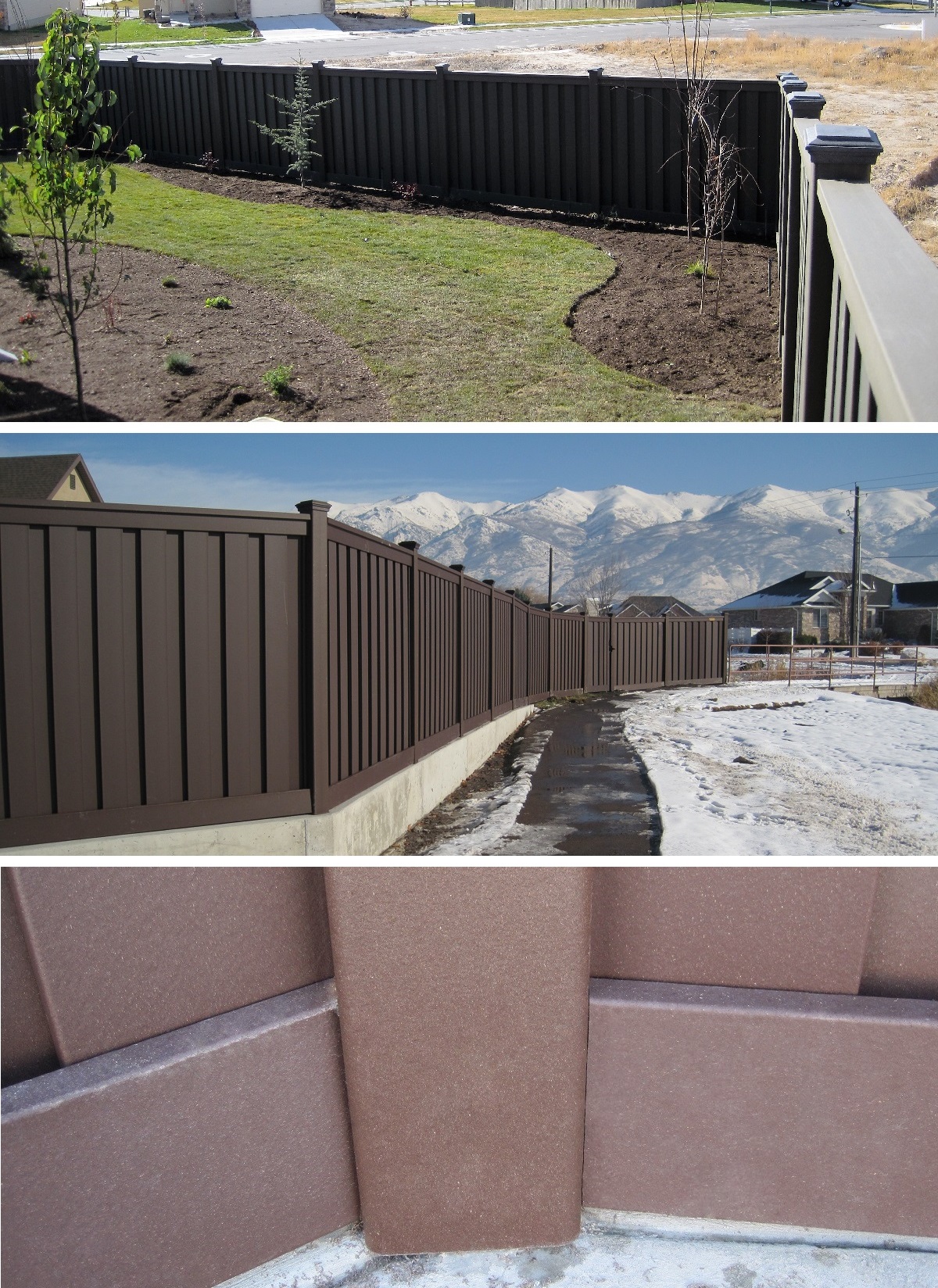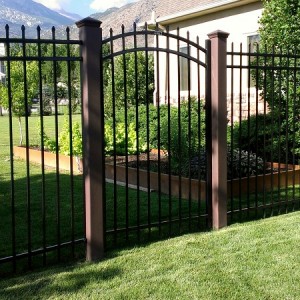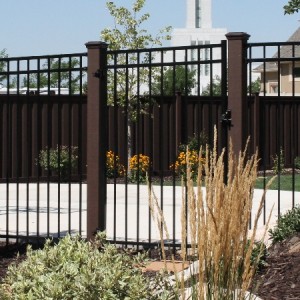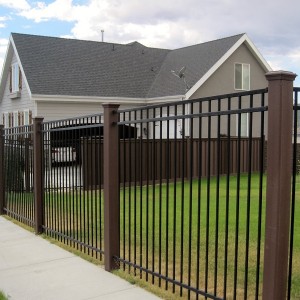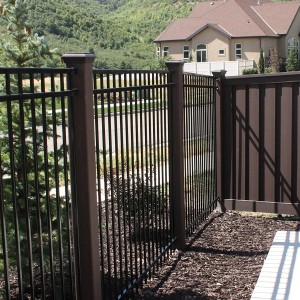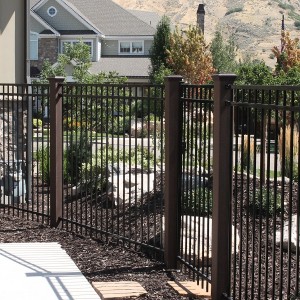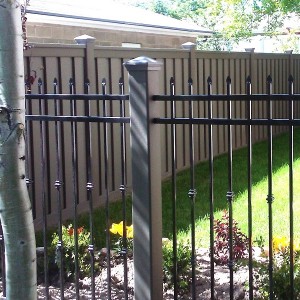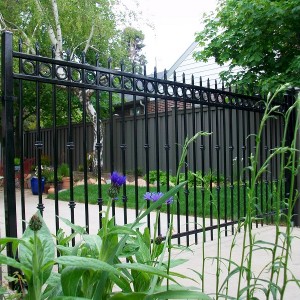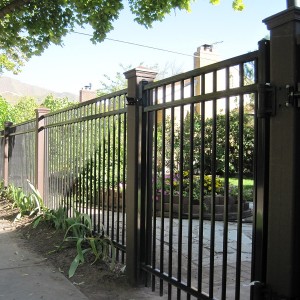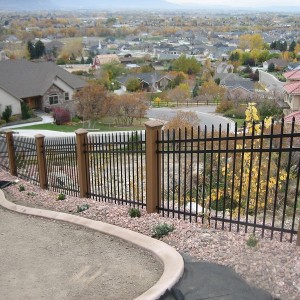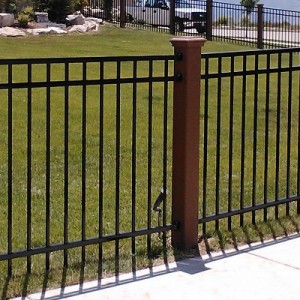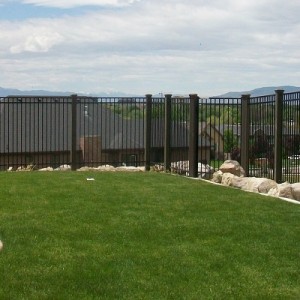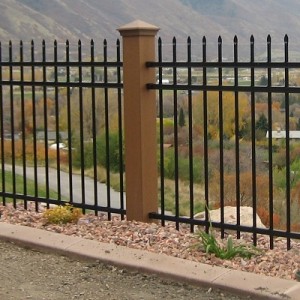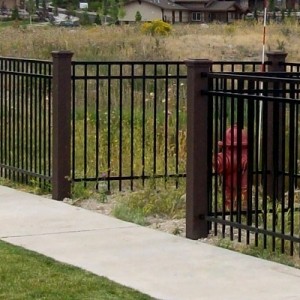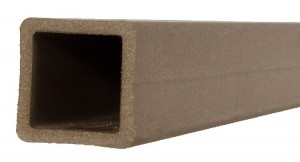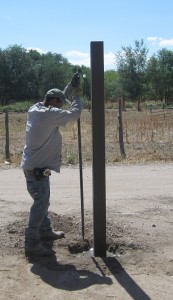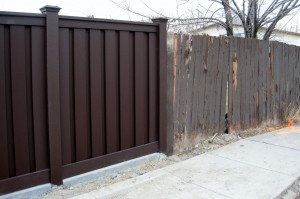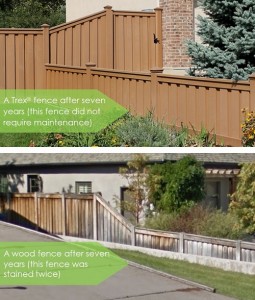How to accommodate angles in your fence line
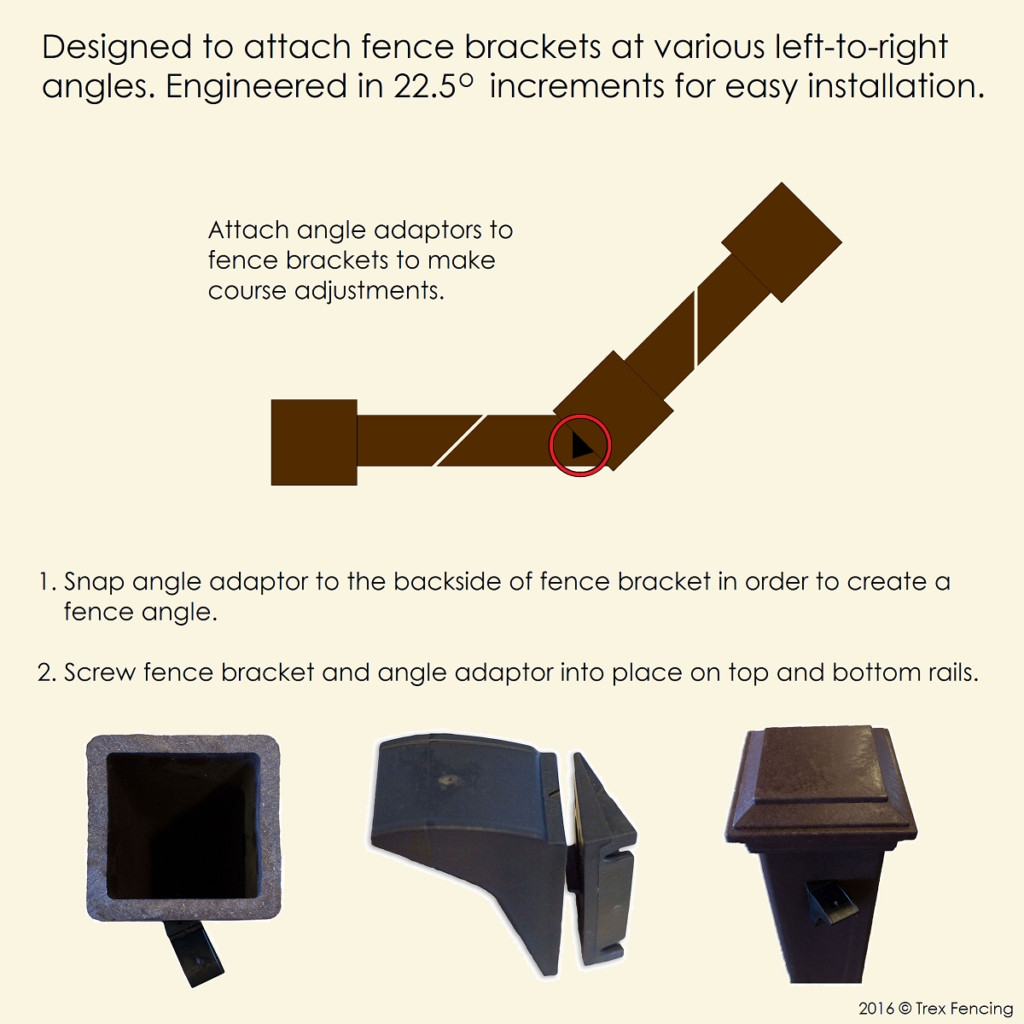 In a previous post, we wrote about how easy it is to slope a Trex fence upward or downward. Because of the unique shape of the Trex fence bracket and the ability to cut rails and adjust pickets, even extreme slopes are manageable. But what if you need to angle your fence side-to-side? Not every change in a fence line comes off a post at 90 degrees. That’s where the Trex Angle Adaptors come in. They attach to the Trex Fence Brackets to give customers a wide variety of options including compound angles (side-to-side combined with up-and-down). Angle adaptors allow for ranges within 22.5 degree increments:
In a previous post, we wrote about how easy it is to slope a Trex fence upward or downward. Because of the unique shape of the Trex fence bracket and the ability to cut rails and adjust pickets, even extreme slopes are manageable. But what if you need to angle your fence side-to-side? Not every change in a fence line comes off a post at 90 degrees. That’s where the Trex Angle Adaptors come in. They attach to the Trex Fence Brackets to give customers a wide variety of options including compound angles (side-to-side combined with up-and-down). Angle adaptors allow for ranges within 22.5 degree increments:
- 0-22.5 degrees: no angle adaptor necessary
- 22.6-45 degrees: use one angle adaptor
- 45.1-67.5 degrees: use two angle adaptors
- Note: once you approach 90 degrees, the fence brackets would typically be moved to a perpendicular post face.
Just like sloped fence lines, once the angles have been determined cut the rails to the appropriate angles to allow them to stay tight against the posts.
Reducing the visibility of screws and brackets was an important consideration in the development of the Trex Seclusions fence product. Even with an angled fence line, the angle adaptors, brackets, and screws that are used to attach them are well hidden and cannot be seen externally once the rails are cut and attached.
The wedge-shaped adaptors are made out of the same tough, glass-filled nylon material as the fence brackets and are easy to install. For instructions on how to use them, download a copy of the fence installation guide.
